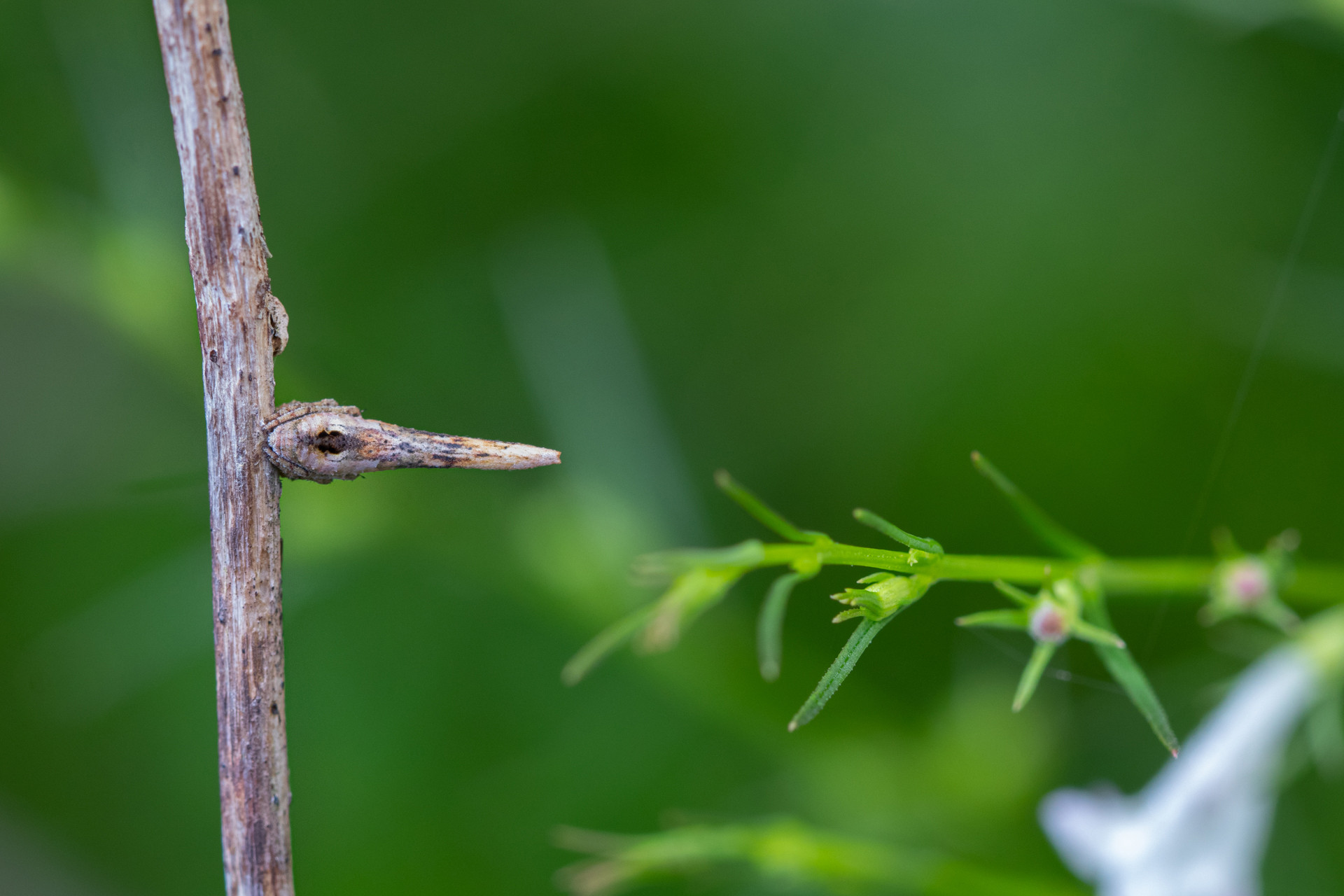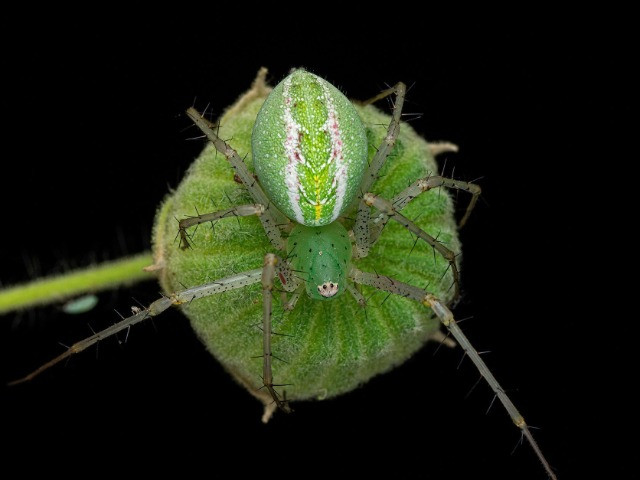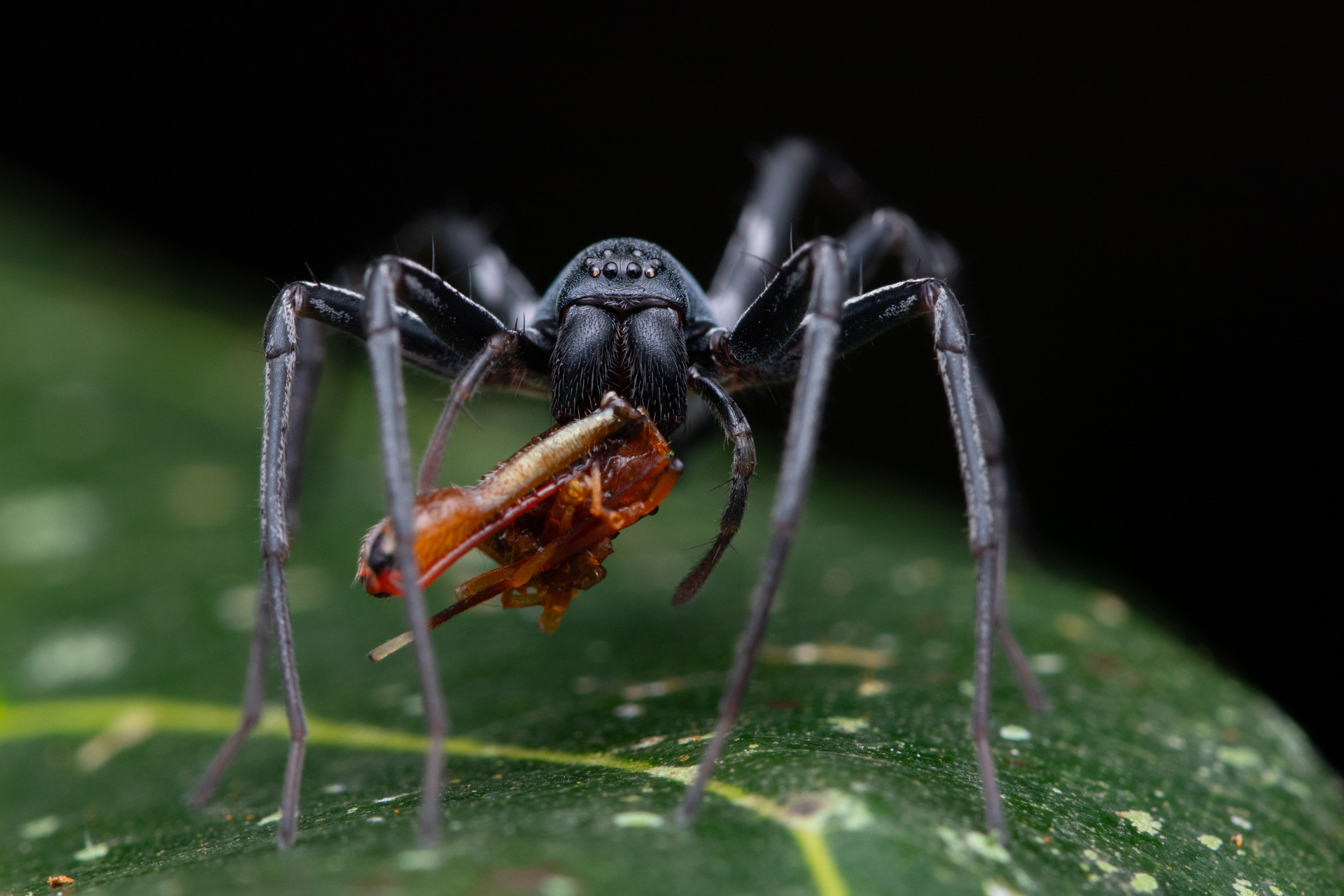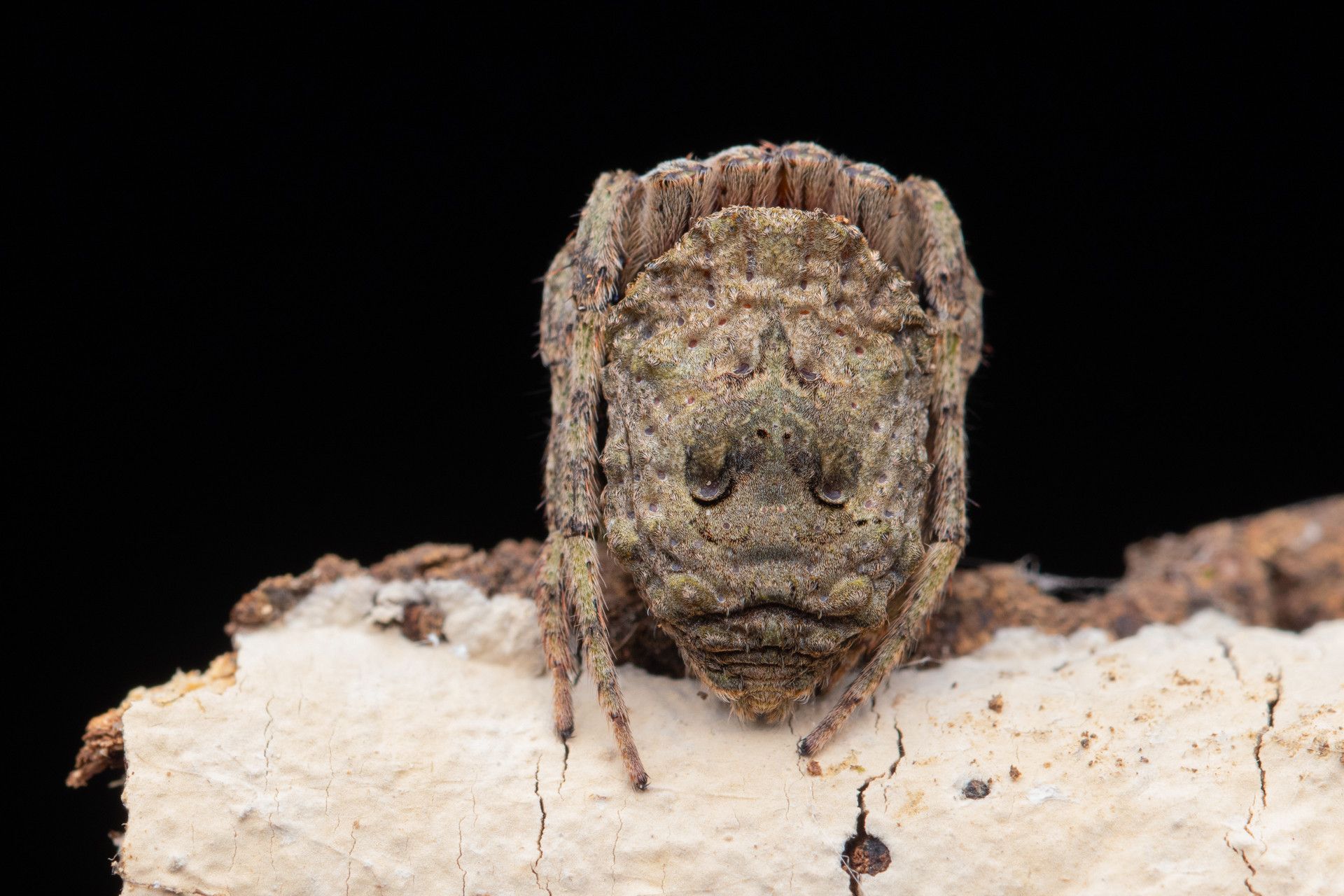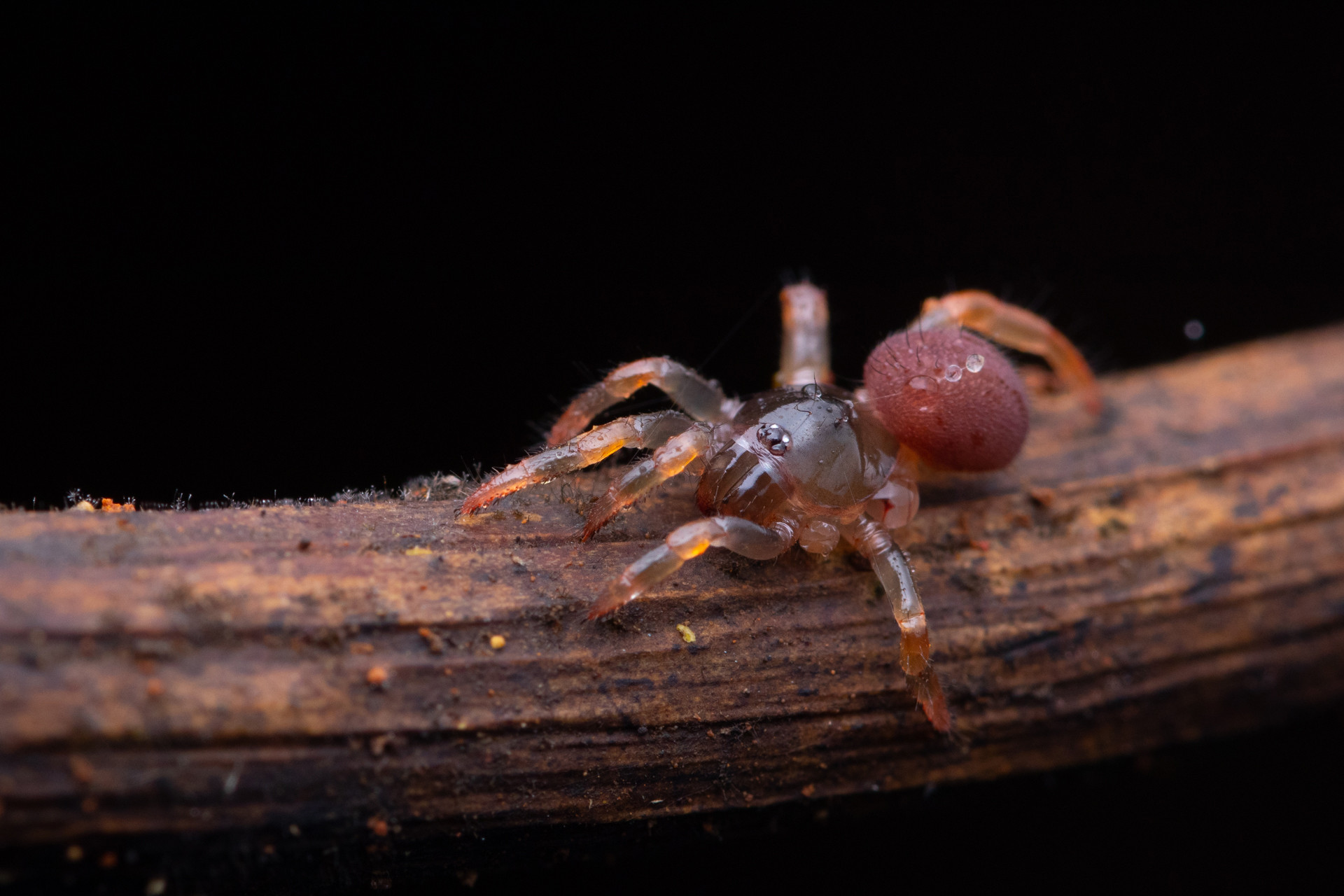When we hear or read the word ‘spider’, the first thing that comes to mind is the Marvel superhero Spider-Man. But when we see spiders in real life, our immediate reaction is to be creeped out by these multi-legged crawlers, mostly because of the many myths that surround them. If you are one among them, here is a spider appreciation article that you must read and if you are not one to be creeped out by spiders, well, you will love to read this.
Spiders are broadly classified into two categories, ones that build webs and others that don't. The spiders that build webs fall under the family Araneidae, and there are multiple families of spiders that do not build webs—jumping spiders (Salticidae), crab spiders (Thomisidae) and wolf spiders (Lycosidae), to name a few.
Through this story, I would like to introduce you to 10 fascinating things that spiders do, which will not only make you fall in love with these so-called ‘weirdos’ but also force you to appreciate them a little more.
1—Quite Literally, Stumped!
Spiders belonging to the genus Poltys from the web-building family (Araneidae) have a unique trick up their sleeve to save themselves from visual predators such as birds, spiders, wasps, etc. These spiders have an elongated upward-pointing abdomen and unusual legs that can be folded upright against their abdomen, which makes them look like a tree stump or sometimes even like a thorn, as you can see in the image below. Due to this particular characteristic, they are known as tree-stump-mimicking spiders.
2—Dress Like A Ladybird
How likely are you to eat food that you are allergic to? Highly unlikely, right? Birds that have made a meal out of a ladybird beetle are unlikely to ever touch them again; the beetle produces a foul smell when attacked and tastes unpleasant! This web-building spider looks like a ladybird beetle, with bright colours that warn the birds about their toxicity. Of course, they are called ladybird-mimicking spiders.
3—Like Lichen But With Legs
The Lichen Huntsman spider doesn't have a wardrobe filled with Decathlon's camouflage line, but its cryptic colouration and the feathery hair on its legs leaves it superbly camouflaged against the bark of a tree. It lays still and prefers to roost on trees that are against the sunlight.
4—Knit, Wait, Cast
Net-casting spiders, also known as Ogre-faced spiders, belonging to the genus Asianopis have inherited the family art of knitting! After nightfall, the spider comes out of hiding and builds triangular webs on which it rests and starts knitting a net. The net is made by carefully strumming the silk with the help of its hind legs and neatly attaching it from one point to another. Once the net is ready, the spider places itself on the triangular web and holds on to the net, lying in wait for unsuspecting prey. Once a prey passes by within its reach, the net is cast and the prey is wrapped up without any further delay.
5—No One Takes Shit Seriously
Spiders that disguise themselves like poop? Yep, that's right. The crappy disguise protects the spider from birds and other predators that normally would not eat their own poop. These spiders that belong to the genus Cyrtarachne resemble poop when viewed from above, but look more like a gecko when they are seen on their web with their backs constantly pointed at the observer. These spiders build U-shaped webs that are extraordinarily sticky, resembling interconnected garlands, on which they lay droplets that are believed to mimic the pheromone of moths. Moths fly at the web assuming it is a potential mate and in the process get stuck and end up as spider meal.
You may also like to read
6—Ant or Ain’t?
Who really likes to mess with ants? Not many! Ants are one of the most aggressive creatures and even predators tend to stay away from them. Ant-mimicking spiders have used this to their advantage by not only looking like one, but also by moving their forelegs up and down to mimic the antennae of an ant.
7—Web of Death
Remember the tree stump mimicking spiders? They have some plump relatives who have taken spider mimicry to the next level. Seed-mimicking spiders, as the name suggests, look more like dry seeds and are mostly canopy dwellers. During the day, they select a suitable spot where they can rest without being detected and during nighttime they weave a large, closely-knit orb web that is stronger and stickier than any other spider web.
8—Swing a Bolas
The spider in the picture below belongs to the genus Ordgarius and has a very unique hunting strategy. These spiders are nocturnal and are seen resting in the open during the daytime. At night, they attach a pheromone droplet that mimics female moth pheromones to the end of a long string of silk and swing it like a bolas at moths to attract and capture them.
9—Spit to Disable
Spiders that belong to the Scytodidae family hunt by spitting a fluid consisting of silk and venom in a Z-shaped pattern. The venom-laced silk immobilises the prey and eventually results in the death of the prey. Also, spitting spiders only have six eyes, unlike many others that have eight.
10—Trapped!
Trapdoor spiders build a specialised tunnel-shaped web with multiple exits to flee and one special door at the entrance. This door has very special webbing which helps the spider detect the most minute of vibrations. The door is made in such a way that it not only opens and closes when the spider detects movements but also remains concealed. The spider lays itself motionless behind the door. As soon as the spider detects motion and once the prey is within its reach, it pounces out of the trapdoor to catch the prey.
